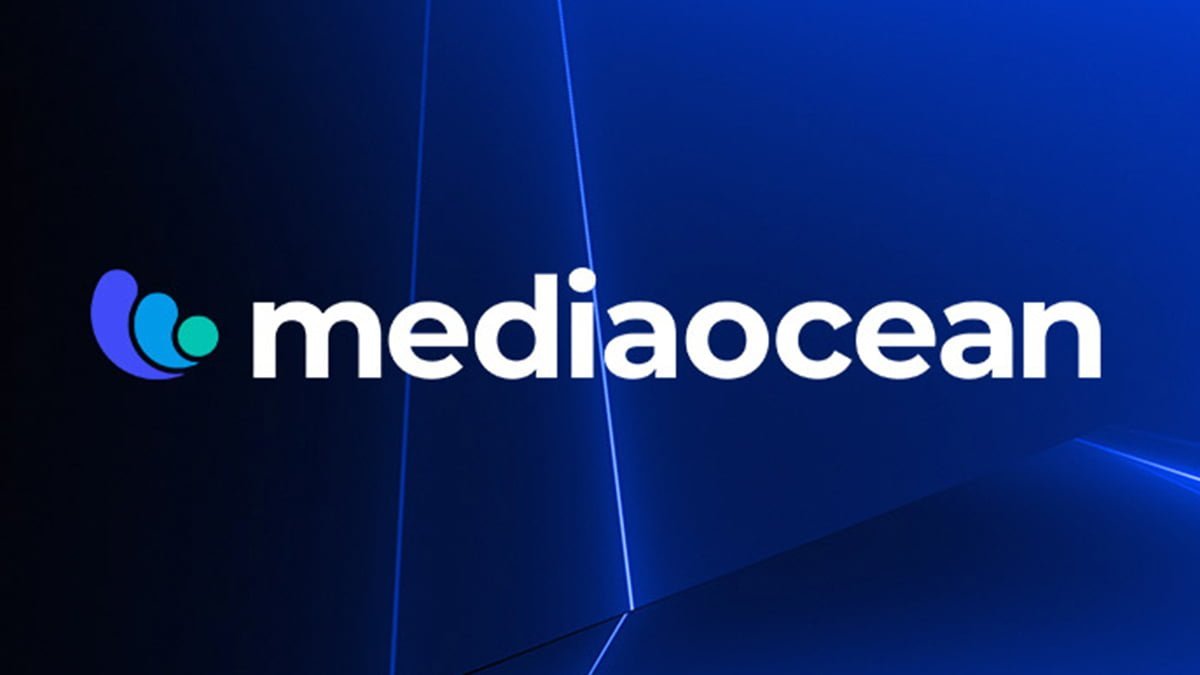Earlier this week, Mediaocean released its 2023 Mid-Year Advertising Outlook Report, compiled based on survey data from 712 industry participants across 20 different countries through TechValidate. A key takeaway of the report is the 76% figure representative of respondents expecting to increase or maintain their current level of advertising spending on radio. Out of various traditional media forums, the radio/audio TV medium received the highest percentage of foreseen increase, considerably ahead of national television, local television and print media.
Digital out of home and traditional out of home (DOOH/OOH) advertising is projected to increase by 63% and 31% respectively, the latter finishing second to social platforms (67%) in terms of spending increases. Print media is expected to endure a 50% decrease in spending, along with both national and local television. While advertising spending on radio/audio TV is indeed expected to increase by 25%, a projected decrease of 24% could render celebration ephemeral.
“Survey responses continue to shine a light on the massive importance of newer media like social video (most notably TikTok) and [connected TV (CTV) are] exactly the kinds of emotive, rich environments marketers crave to influence thinking and drive purchase among the millions of consumers that continue to flock to them,” Joanna O’Connell, executive vice president of innovation at R3 said in the foreword. “This, as shoppability continues to gain its footing. But with anything, new challenges remain – setting aside the obvious questions swirling around TikTok’s future in the U.S., effectively managing reach and frequency, adapting to new modes of transaction and measurement – these at the forefront of respondents’ minds in this latest Upfront season.”
The spending is being siphoned into channels with high levels of consumption, most notably those concentrated in the digital space. Social media users are expected to eclipse 5 billion this year, and algorithms are continuously being perfected to present users with content predicated on their interests. Moreover, Nielsen Media Research has reported streaming driving overall television consumption for nearly every month since the technology outpaced cable and broadcast television consumption. Total streaming consumption as a segment of television viewership has augmented by nearly 11% over the first quarter and two-thirds of 2023.
As macroeconomic uncertainty persists and pervades the domestic and international marketplaces with rising gross domestic product, 59% of advertisers view performance-driven paid media as the most critical capability for its industry to thrive. Measurement and attribution capabilities, along with brand advertising, finished second and third in the survey, while identity was at the bottom of the list. The processes for many of these areas of focus, however, are driven by another capability steadily on the rise.
“In a time where economic uncertainty is driving budget pressure, marketers will continue to seek opportunities to increase automation,” the survey said. “The marriage of creative testing with production automation presents marketers with a critical chance to both improve performance and drive efficiency.”
Advertisers are doing due diligence when it comes to the potential of artificial intelligence to impact the industry, embracing its aptitude and internal wherewithal to simplify and/or refine processes. Whether it is text or image generation, these platforms garner the power to engender a paradigm shift pertaining to content creation and subsequent promulgation.
“Marketers continue to focus on improving workflow efficiency and media effectiveness,” Mediaocean said in its conclusion. “The rise of generative AI – fueled by the wide adoption of ChatGPT – is the current consumer trend that dominates the advertising landscape and stood out in our research. AI constituents in the ecosystem are increasingly investing in AI-powered technologies to optimize campaigns and deliver more targeted and personalized messaging.”










